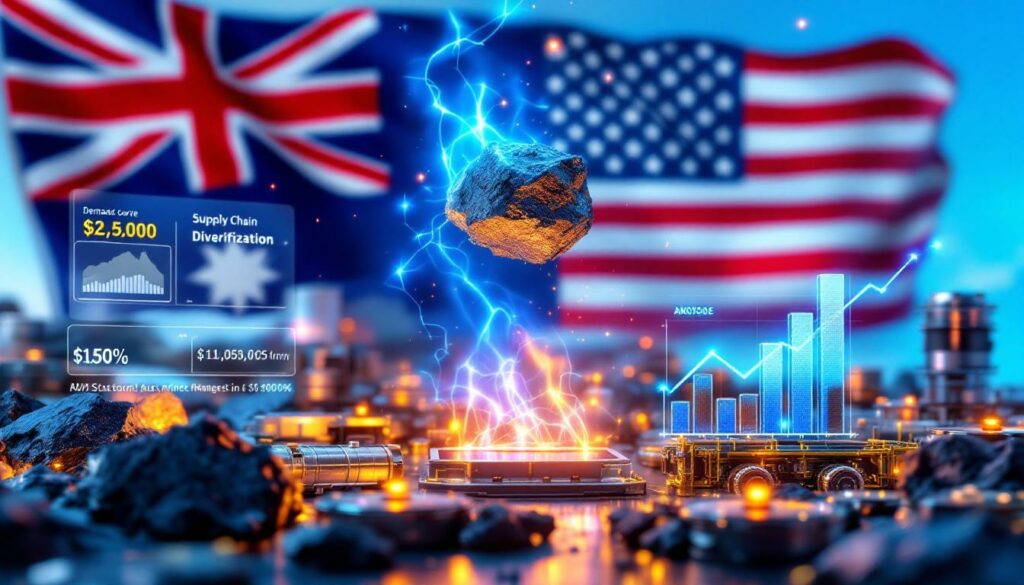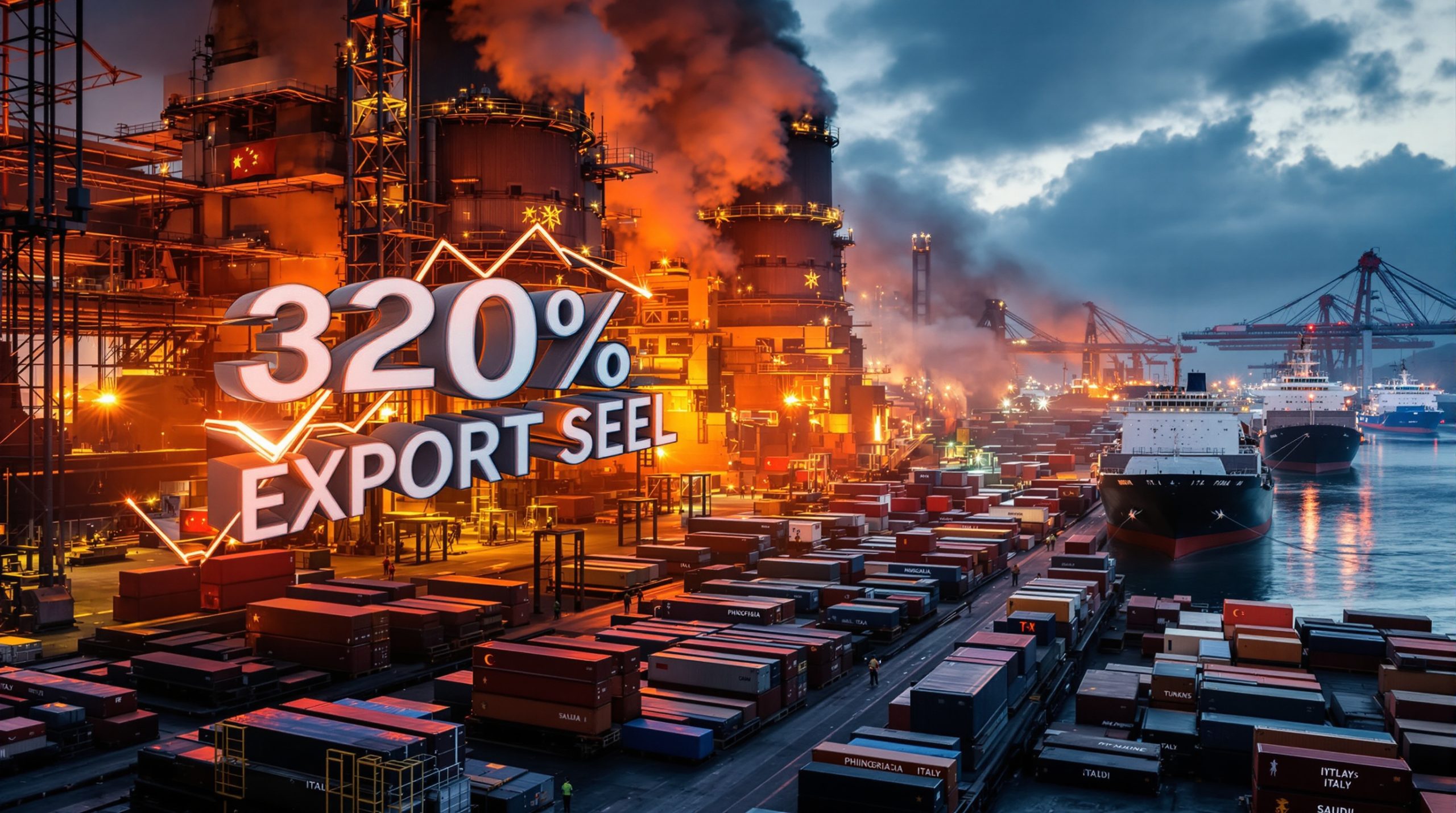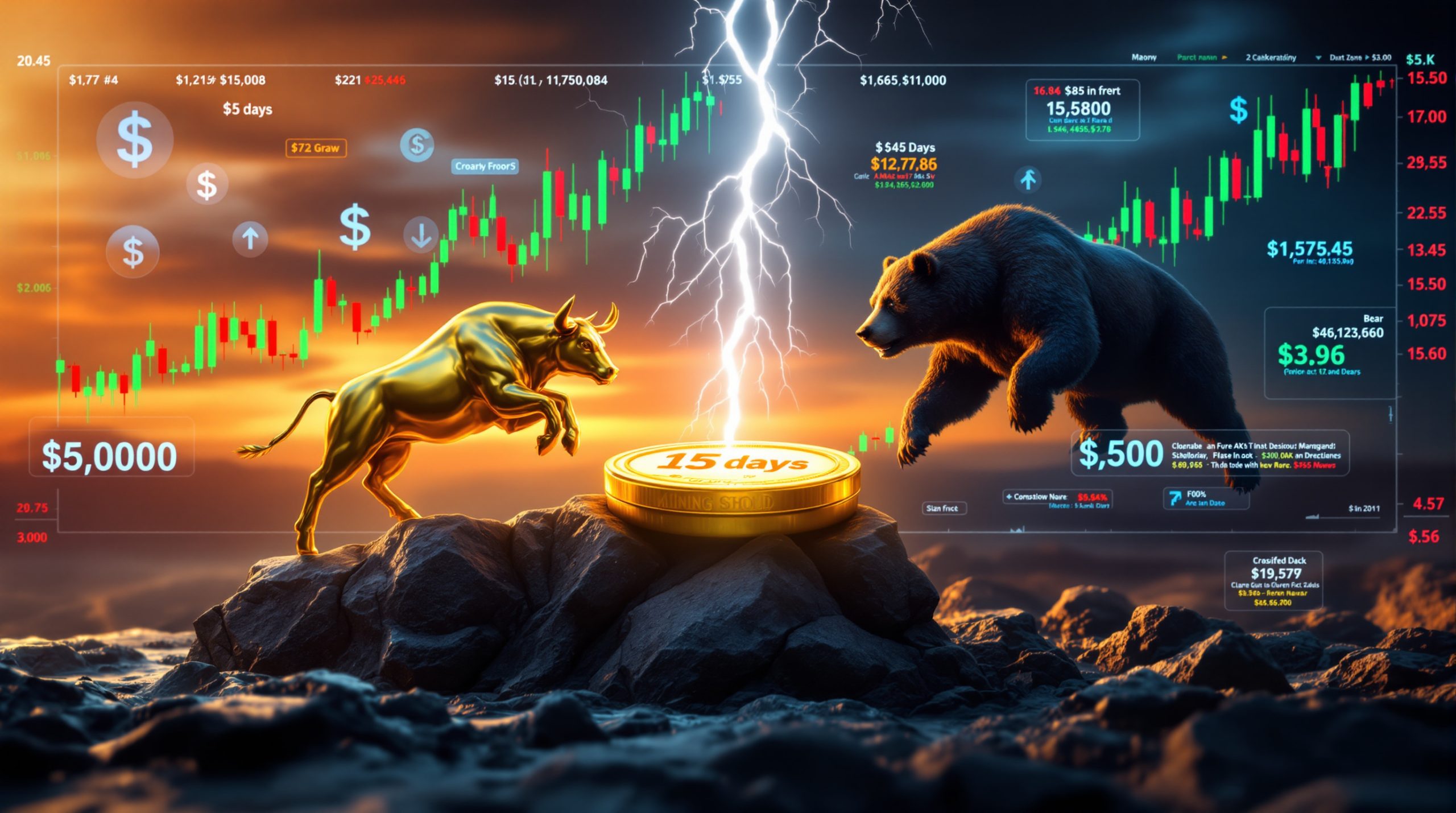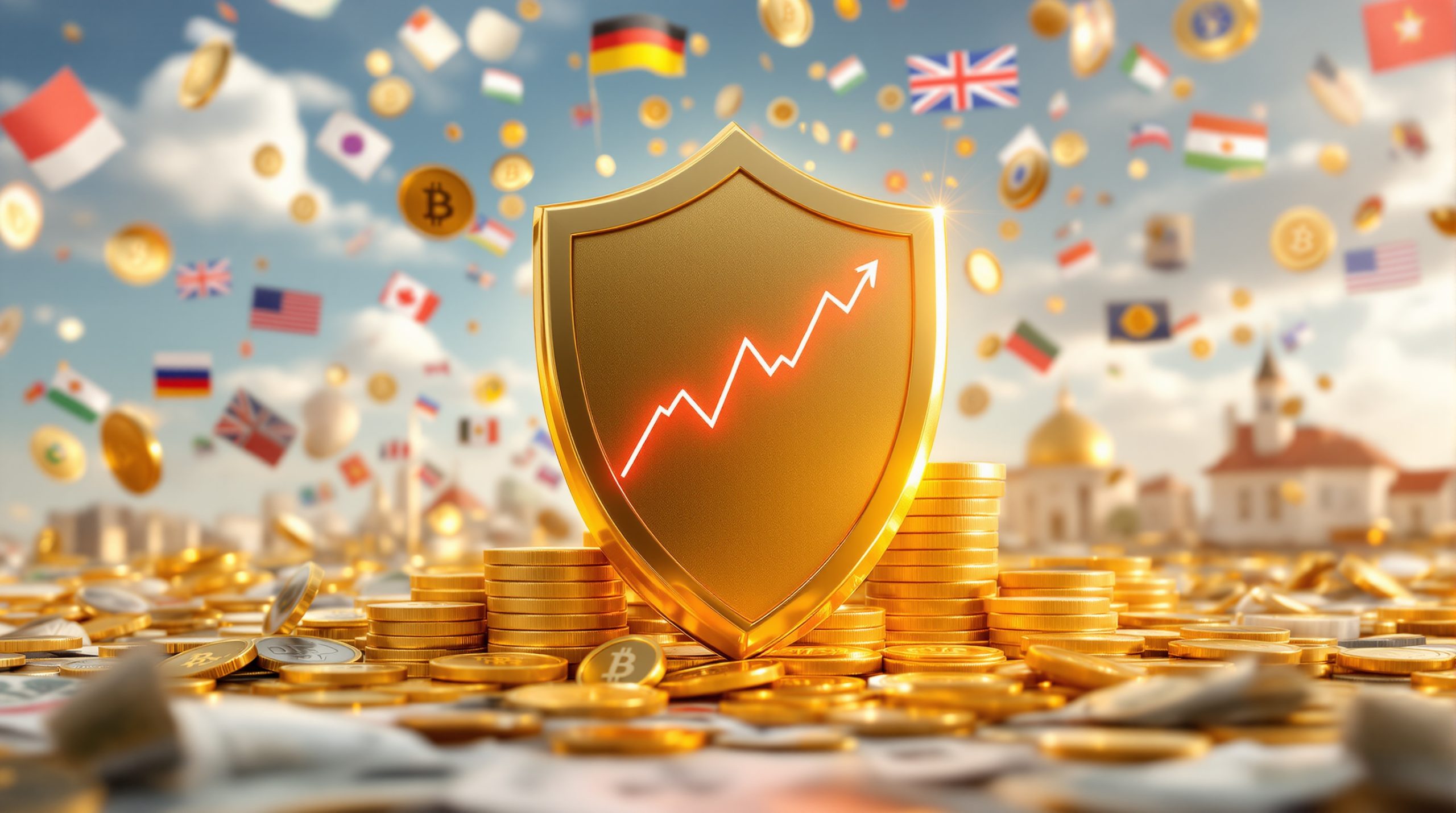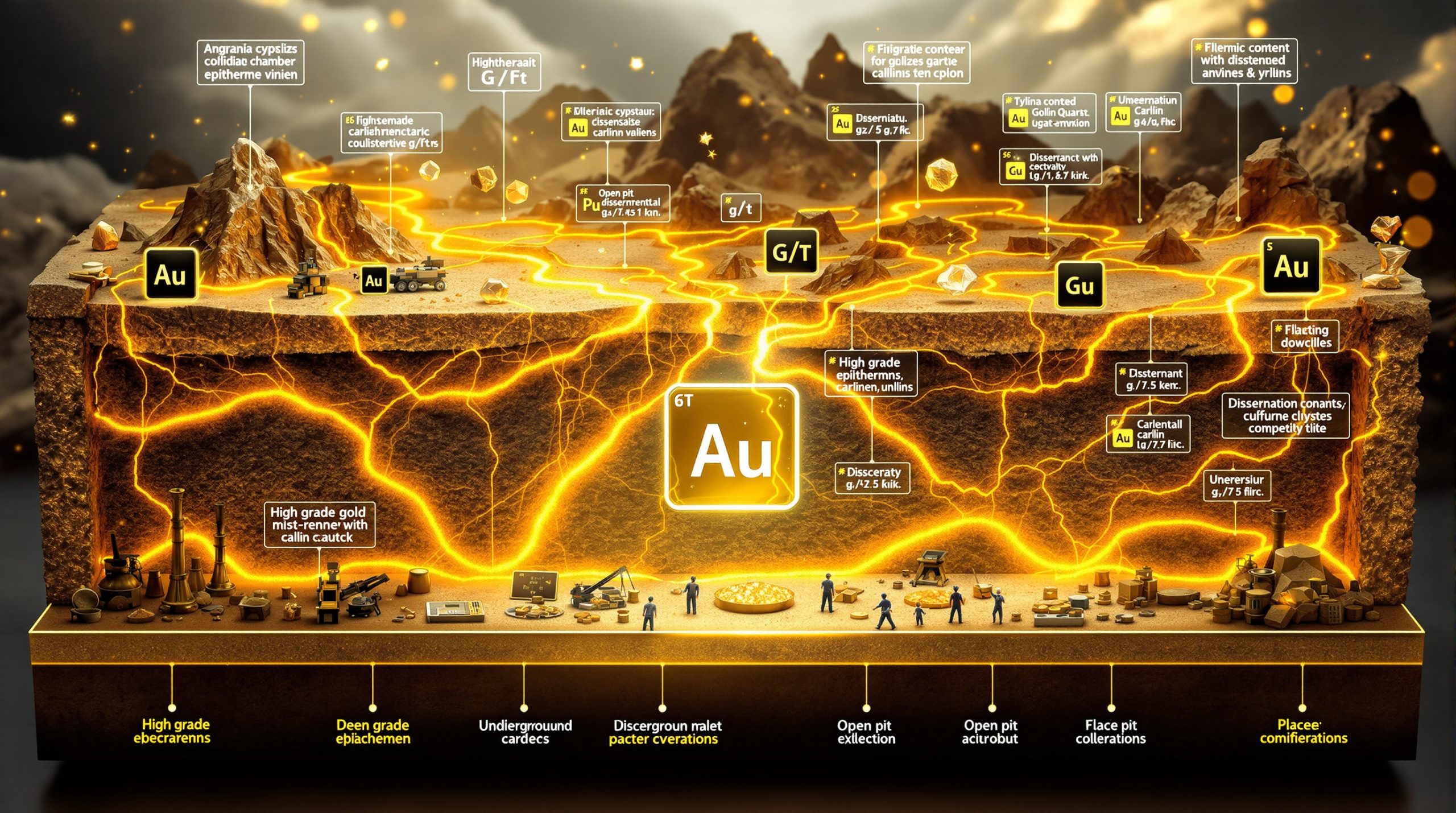US Graphite Tariffs: How Australian Battery Material Companies Stand to Gain
The US Commerce Department's recent imposition of significant tariffs on Chinese graphite imports has created a watershed moment for the battery materials industry. With China's dominance in global graphite processing now under threat, Australian companies are uniquely positioned to capitalize on this market disruption. This shift comes at a critical time as electric vehicle production scales worldwide, creating urgent demand for secure graphite supply chains.
What are the new US tariffs on Chinese graphite imports?
The US Commerce Department has announced preliminary anti-dumping duties of 93.5% on Chinese graphite imports, following a petition from domestic graphite producers. When combined with existing duties, the total effective tariff rate reaches approximately 160%, representing a seismic shift in graphite economics.
These substantial tariffs stem from allegations that Chinese firms have been exporting "artificially low-priced" graphite, undermining domestic producers through state subsidies and market manipulation. The final ruling on these duties is expected by December 5, 2025.
Strategic context behind the tariffs
The graphite tariffs aren't occurring in isolation. They represent a cornerstone of America's broader strategy to reduce critical mineral dependence on China, directly supporting the objectives outlined in the Inflation Reduction Act (IRA).
"These tariffs address years of market distortion from state-subsidized Chinese production while creating space for domestic and allied nation suppliers to establish viable alternatives," noted industry analysts tracking the decision.
This policy shift marks a significant escalation in US-China trade war specifically targeting battery materials—a sector increasingly viewed as essential to national security and energy transition goals.
Why is graphite so critical to battery supply chains?
Graphite isn't just another battery material—it's fundamental to the entire EV revolution. As the primary component in lithium-ion battery anodes, graphite accounts for a substantial portion of battery material costs and performance characteristics.
Current market dominance
The scale of China's graphite dominance is striking:
- Approximately two-thirds (120,000 metric tons) of US graphite imports came from China in 2024
- China controls over 80% of global graphite processing capacity
- The International Energy Agency has identified graphite as "one of the most vulnerable materials to supply disruptions"
- Few viable substitutes exist for battery-grade graphite, creating a chokepoint in supply chains
This concentration of supply creates enormous vulnerability for EV manufacturers and energy storage deployments worldwide.
Strategic importance in battery manufacturing
Graphite's role in batteries extends beyond simple material input:
- Each EV battery requires 50-100kg of graphite—far more than lithium content
- Processing raw graphite into battery-grade material requires specialized high-temperature purification and coating technologies
- Quality variations significantly impact battery performance, cycle life, and safety
- Natural and synthetic graphite offer different performance profiles, with synthetic often preferred for premium applications
As battery chemistries evolve, graphite remains the constant—a critical material that has resisted substitution despite intensive research into alternatives.
How will these tariffs impact the battery industry?
The immediate impacts of these tariffs will ripple through global supply chains, creating both challenges and opportunities for industry players.
Short-term challenges
Battery manufacturers face significant disruption as tariffs reshape established procurement strategies:
- BloombergNEF estimates a $7 per kilowatt-hour increase to battery cell costs in the near term
- EV manufacturers must quickly secure alternative graphite sources or face production constraints
- Supply chain reorganization requires substantial capital investment and technical qualification processes
- US-based battery plants face the most immediate pressure to find compliant materials
These adjustment costs will temporarily impact the EV industry's aggressive cost reduction trajectory.
Long-term market restructuring
Beyond immediate disruption, the tariffs will catalyze fundamental restructuring of global graphite markets:
- Accelerated development of non-Chinese production capacity, particularly in Australia, North America, and parts of Africa
- New investment in processing facilities located in "friendly nations" aligned with US trade policy
- Diversification strategies becoming central to battery makers' procurement practices
- Innovation in graphite production methods to reduce costs and improve sustainability metrics
"These tariffs accelerate the inevitable: building redundant, non-Chinese supply chains for critical battery materials," notes industry analysts tracking the sector's evolution.
The adjustment period—likely lasting 12-24 months—will eventually yield more resilient and geographically diverse supply chains.
Which Australian companies are positioned to benefit?
Australian companies have spent years developing alternatives to Chinese graphite dominance. Two ASX-listed firms stand particularly well-positioned to capitalize on this market disruption.
NOVONIX (ASX: NVX)
NOVONIX represents Australia's most advanced play in the synthetic graphite space:
- Developing advanced synthetic graphite production in North America
- Strategic partnership with Phillips 66 provides technological advantages and market access
- Expansion plans targeting 10,000 tonnes per annum capacity
- One of few companies outside China with proven synthetic anode material production capability
NOVONIX's focus on synthetic graphite—manufactured from petroleum coke rather than mined—offers distinct advantages in consistency, purity, and performance characteristics preferred by premium battery manufacturers.
Syrah Resources (ASX: SYR)
Syrah has established the only vertically integrated graphite supply chain linking African resources to US processing:
- Controls the massive Balama graphite mine in Mozambique with decades of production potential
- Vidalia facility in Louisiana positioned as America's only active graphite processing hub
- Established offtake relationships with major EV manufacturers, including Tesla
- Capacity to rapidly scale production to meet US demand created by tariff barriers
Syrah's early-mover advantage in establishing US-based processing gives it unique positioning as tariffs reshape the market.
Competitive advantages for Australian players
Beyond specific companies, Australia's critical minerals sector offers structural advantages:
- Established operations with proven production capabilities and clear scale-up pathways
- Strong ESG credentials compared to Chinese alternatives
- Access to sophisticated capital markets for expansion funding
- Supportive regulatory environments aligned with critical minerals strategy
- Geographic proximity to growing Asian battery markets while maintaining "friendly nation" status with the US
These factors combine to create a uniquely advantageous position for Australian graphite producers in the post-tariff landscape.
What makes this a strategic turning point for graphite producers?
The tariff decision represents more than a temporary trade measure—it signals a fundamental realignment of graphite markets.
Policy clarity driving investment
After years of uncertainty, non-Chinese graphite producers now have the policy clarity needed to justify major capital investments:
- The tariffs provide a clear market signal that secure graphite supply chains are a strategic priority
- Investment uncertainty is significantly reduced by the Commerce Department's decisive action
- Premium pricing for "friendly nation" graphite sources becomes viable as Chinese price advantages are neutralized
- Government support through initiatives like the Defense Production Act and IRA creates additional tailwinds
This combination of factors creates the most favorable environment for battery metals investment in decades.
Long-term market transformation
The tariffs will accelerate several key mining industry trends reshaping global graphite markets:
- Development of regional processing hubs in Australia, North America, and Europe
- Integration of graphite production with broader battery manufacturing ecosystems
- Technological innovation in production methods to improve sustainability and reduce costs
- Increased vertical integration as battery makers secure supply chain control
These shifts represent a permanent restructuring rather than a temporary market distortion, creating sustained opportunities for Australian producers.
How can investors evaluate graphite opportunities?
For investors looking to capitalize on this sector transformation, several key evaluation criteria should guide decision-making.
Key factors for assessing graphite producers
Not all graphite companies will succeed in this new landscape. Critical differentiation factors include:
- Stage of project development: Companies with existing production and clear expansion pathways (like Syrah) face fewer execution risks than greenfield projects
- Secured offtake agreements: Binding contracts with creditworthy battery manufacturers provide revenue visibility and validate product quality
- Downstream processing capabilities: Value-added processing beyond basic concentration creates margin opportunities and regulatory compliance
- Strategic partnerships: Relationships with established industry players (like NOVONIX's Phillips 66 partnership) provide technical and commercial advantages
Additionally, investors should assess resource quality (particularly flake size and purity for natural graphite producers) and energy source sustainability for synthetic producers.
Market indicators to monitor
Several market signals will indicate how successfully companies are capitalizing on the tariff opportunity:
- Battery manufacturer sourcing announcements and qualification processes
- Additional regulatory frameworks supporting critical minerals reshoring
- Chinese responses to Western supply chain diversification efforts
- Technological developments in anode materials that could disrupt graphite demand
Investment Disclaimer: Battery material markets are highly volatile and subject to rapid technological and regulatory changes. Investors should conduct thorough due diligence and consider their risk tolerance before investing in graphite producers.
What are the broader implications for critical minerals?
The graphite tariffs represent a template that could reshape other critical mineral markets beyond this specific material.
Geopolitical dimensions
Battery materials have become central to geopolitical competition, with several key dynamics emerging:
- Increasing connection between energy security and critical minerals control
- Growing competition for influence over battery material supply chains in Africa, South America, and Southeast Asia
- High probability of similar measures targeting other battery materials dominated by Chinese processing
- Alignment of trade policy with climate goals creating complex policy intersections
This environment creates both opportunities and risks for companies throughout the battery supply chain.
Australian strategic position
Australia's resource endowment and geopolitical positioning create a unique strategic opportunity:
- Potential to establish leadership in non-Chinese battery material supply across multiple minerals
- Opportunity to develop value-added processing rather than continuing as just a raw material exporter
- Strong alignment with national critical minerals strategy focusing on downstream value capture
- Enhanced economic and strategic relationship with the United States through resource security provision
These factors position Australia to become a critical node in reconfigured global battery supply chains, creating substantial economic opportunities beyond the mining sector.
FAQ: US Graphite Tariffs and Australian Opportunities
How quickly can Australian companies scale up to meet US demand?
Established players like NOVONIX and Syrah Resources have expansion plans already underway, with capacity increases possible within 12-24 months. However, completely new projects typically require 3-5 years to reach commercial production due to permitting challenges.
The ramp-up period involves not just increasing volume but also navigating technical qualification processes with battery manufacturers, which can take 6-12 months even after physical production capacity exists.
Will these tariffs lead to higher EV prices?
While the tariffs may add approximately $7 per kilowatt-hour to battery costs in the short term, this represents only a fraction of total vehicle cost (approximately $350-700 per vehicle depending on battery size). Over time, diversified supply and increased competition should moderate price impacts.
Most manufacturers will likely absorb these temporary cost increases rather than pass them to consumers, particularly given the strategic importance of maintaining EV adoption momentum.
Are similar tariffs likely for other battery materials?
The graphite decision follows a pattern of increasing scrutiny on Chinese dominance in critical minerals. Similar measures could potentially target materials like:
- Processed manganese products used in cathodes
- Certain lithium processing steps dominated by Chinese firms
- Synthetic graphite precursors like petroleum coke
- Battery-grade cobalt refining
However, each material presents different supply chain vulnerabilities and alternative sourcing options, making uniform policy approaches unlikely.
How might China respond to these tariffs?
China has several potential countermeasures available:
- Implementation of export restrictions on other critical minerals where alternatives are limited
- Accelerated development of domestic EV markets to maintain demand for Chinese materials
- Strategic pricing adjustments to maintain market share despite tariffs
- Investment in production facilities in third countries to circumvent country-specific tariffs
The most likely scenario involves a combination of these approaches, with China protecting its dominant position while gradually adapting to a more fragmented global market.
Want to Capitalise on the Next Major Mining Discovery?
Discover why major mineral discoveries like those from De Grey Mining and WA1 Resources have generated substantial returns by exploring Discovery Alert's dedicated discoveries page, where the proprietary Discovery IQ model delivers real-time alerts on significant ASX mineral discoveries, turning complex data into actionable investment insights.
